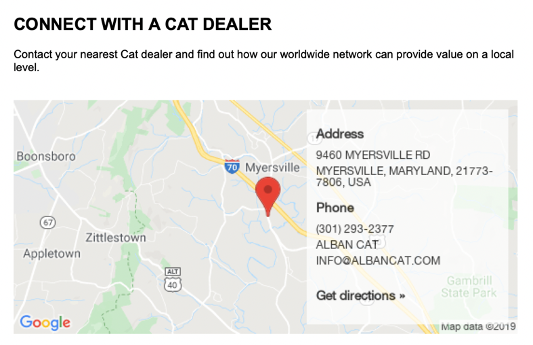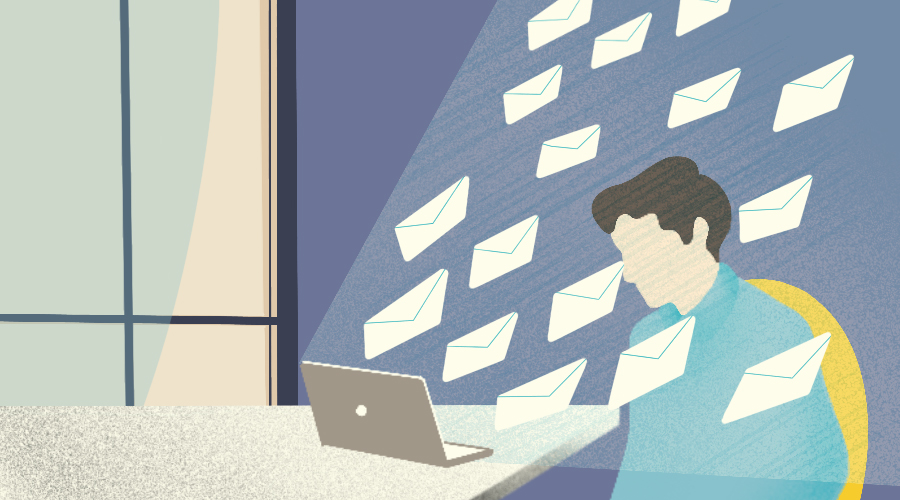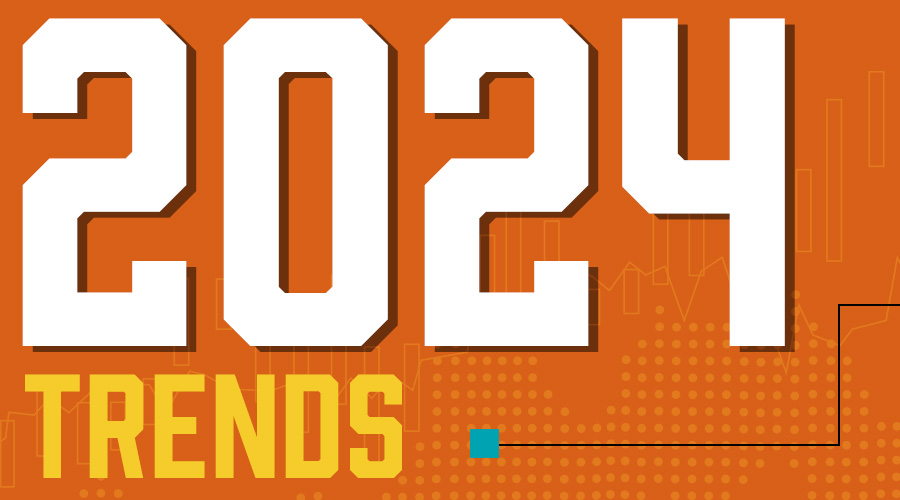Like what you see?
Tips for Greater Personalization
When most people think of personalization in marketing, they think of an email or text message they received that says Dear [FIRST NAME].
But when personalization is done well, it doesn’t feel forced or awkward. It feels like getting a message from a friend who knows you well. If your inbox has been flooded with a ton of messages over the past week or so, you’re not alone. Right now, you may be feeling overwhelmed by the impersonalized disconnect of blanketed statements from every company you’ve ever given your email address to. All of the sudden, you’re hearing from a dentist that filled your cavity two years ago or a home improvement company you received a quote from and never hired.
Make It Personal
If your company or organization is going to be communicating in these times of uncertainty, we recommend a few tips.
- Yes, it’s okay to use first name in your messages. It helps readers feel connected, but only use this dynamic field if you know your data is clean and formatted properly. If you’re unsure, check out our article about cleaning up your dirty data.
- Let’s talk about recency. How long has it been since you last ‘talked’ to this person? Does that impact your message, or the need to even send a message at all? Don’t feel required to send an email to everyone in your address book. Your email service provider may even have a feature to suppress messages based on recency.
- Do you already have a relationship? If so, reference that. Mentioning the type of customer, product(s) of interest, years of being a customer or partner, purchase history and so much more are all meaningful ways to personalize the message. It’s easy to use language like “as a valued customer” versus “as we earn your business” for prospects. Keep an eye open for these opportunities.
- At a time like this where there are unexpected business changes, make sure that marketing and operations are aligned. And ask yourself, what does this person need to know? If you’re communicating with a vendor, do they need to know about new or altered payment information? If you’re communicating with a customer, are there going to be interruptions to the service they expect from you? If they’re a prospective customer, will travel be halted by your company? Not everyone needs the same information and each initiative warrants a different message.
- Is your content relevant? To start, audit the messages you have scheduled. Then make sure to stop sending messages about in-store only promotions or in-person events. Revise your messages based on the current situation and be sensitive to the required social distancing. Don’t feed the quarantine anxiety, instead offer personalized content and solutions for the current state.
- If you are going to offer follow-up or personalized service, give people the essential information. For example, how do they reach out to request assistance or where do they go for help?
Think Beyond Dynamic Fields
The need for personalized content is not surprising at all. But as implementing dynamic fields becomes easier for marketers, so does identifying bad personalization by consumers. The last thing most consumers want to feel is that they are being sold to.
Consider these ideas to take your personalization to the next level.
- Is there an opportunity for your company to personalize content based on location? For example, we’ve partnered with Caterpillar to provide recipients the opportunity to locate their closest dealer for support — right there directly within the email. This provides time savings to the customer, who values convenient solutions. By utilizing geotargeting, we can take the email opener’s location and provide a real-time map with three to five of the closest Cat® dealers. The map is clickable and opens in Google Maps to assist the user with driving directions.

- Is there an opportunity to personalize by device? Hold on, we don’t just mean responsiveness to mobile or desktop. This recommendation goes beyond that. By changing the call-to-action based on opening device, you can make your email experience more relevant and easier to use. For example, if a contact opens the email on mobile, then they see a CTA for “call today” that directly opens the dialed phone number. If the contact opens the email on desktop, they see a CTA for “visit today” that opens to the closest dealer website based on geotargeted location.

Add Value
At the end of the day, make sure to only add personalization if it’s helpful. If it’s not, it may be time to reevaluate while considering the goal of your message. As more and more marketing automation tools hit the market, make sure to not get distracted by the next cool thing. Yes, we as marketers can do some really awesome, sophisticated things, but don’t forget that this is about the consumer experience.



